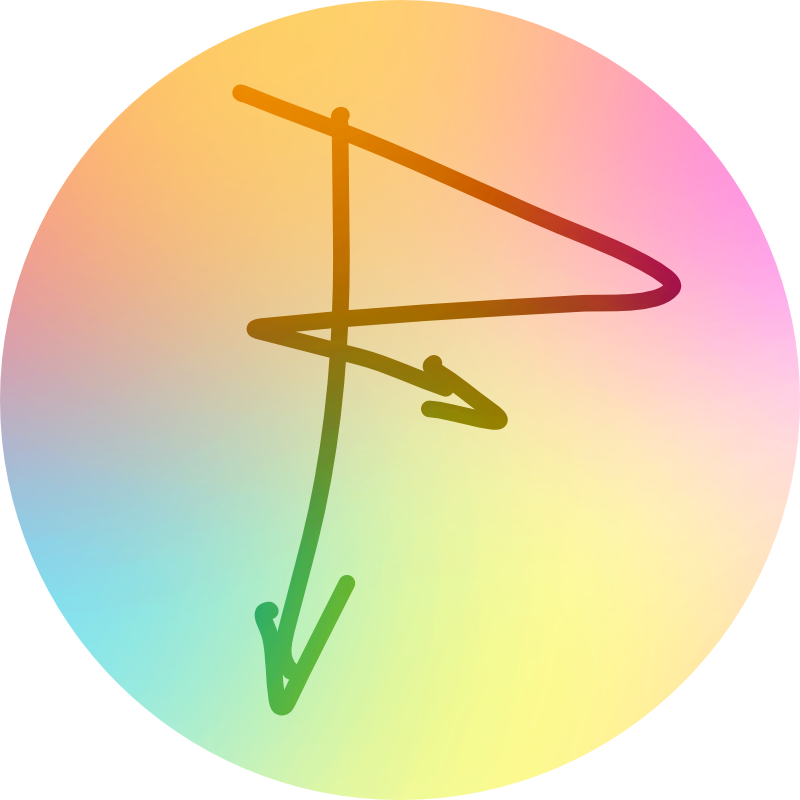Should LUTs Be Free?
Throughout the mid-to-late 2010s, a concerning trend emerged among YouTube content creators. While I won’t name names, you’ve likely come across creators who promised their fans the ability to achieve “CINEMATIC” visuals just like theirs—using a LUT available at an “affordable” price. However, many fans quickly realized that applying these LUTs to their footage didn’t yield the promised results. Instead, they had to dial back the intensity by nearly 60% or make numerous adjustments just to get usable footage.
The problem? These creators failed to provide crucial guidance on how footage should be shot in the first place (i.e. lighting, prop, or costume considerations). They also neglected to clarify that their “creative” LUTs were designed for Log footage, which requires a Rec. 709 conversion before applying any stylistic grading. To address this, these creators began selling separate conversion LUTs at yet another “low” price—only for customers to face continued disappointment.
The issue wasn’t just misleading marketing; it stemmed from a lack of understanding of their own skill set and their audience’s needs. LUTs are not a “one size fits all” solution, but a good LUT should only require minimal adjustments if created correctly. Often, the programs used to create these overpriced LUTs were incompatible with other software or crushed the data in the footage to the point where the final results were unusable, further frustrating buyers.
So, should LUTs be free? It depends. Conversion LUTs—which transform footage from Log to Rec. 709—should be free. They serve as a basic tool to help video creators achieve a workable starting point, and selling basic conversions feels like unnecessary gatekeeping.
However, some filmmakers have put effort into crafting conversion LUTs that emulate film stocks so that a creative LUT can be purely optional, or combining conversion and creative LUTs into “hybrid” LUTs. If they provide clear examples and tutorials using stock footage, those creators earned the right to sell them at a fair price.
Creative LUTs, on the other hand, should be designed to be as universal as possible or explicitly labeled for a specific camera or color space. While some tweaking is expected, applying a LUT shouldn’t require excessive corrections that completely change its intended look. If creators want to sell these, the same rule applies: they should clearly demonstrate how the LUT works and show it in action before asking people to buy.
…But stop selling Teal and Orange. Stop it.
